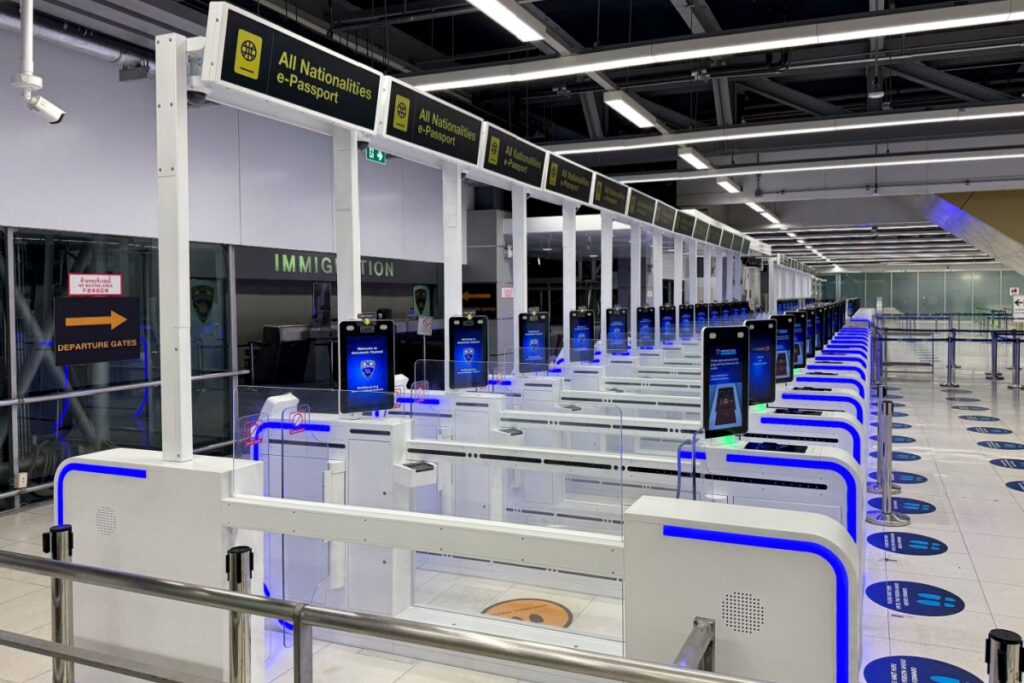In a significant shift in migration and travel management, the Entry/Exit System (EES) introduced by the European Union became operational on 12 October 2025, marking the beginning of a phased rollout of a new digital framework for registering non-EU nationals entering and leaving the Schengen external borders. Under this system, traditional passport stamps will gradually be replaced by electronic records capturing travel document data and biometric identifiers.
Registration Process And Scope Of Application
The new border architecture mandates that non-EU and non-Schengen nationals provide their passport information, facial image, and fingerprints at their first entry or exit from the participating area. This data collection enables the system to automatically calculate the permissible short-stay period of up to 90 days in any 180-day period, while detecting overstays more effectively than the traditional stamping approach. Children under the age of 12 are exempt from fingerprinting, though they must still have facial images captured.
The EES applies to 25 EU member states plus four other Schengen-associated countries, excluding Ireland and Cyprus. Entities with long-stay visas, residence permits, or local border traffic permits are exempt from the system.
Rollout Timeline And Implementation Details
The launch on 12 October 2025 marked the beginning of a six-month transition period during which both biometric registration and traditional passport stamping may occur, depending on the border crossing. Full deployment is scheduled for 10 April 2026, at which point manual stamps are expected to be phased out entirely.
Border points in the United Kingdom, including the port of Dover, the shuttle terminal at Folkestone and the Eurostar station at St Pancras, are also adapting to the system for travellers bound for the Schengen zone. The system is operated by the agency eu-LISA, which is responsible for large-scale IT systems in the EU and ensures compliance with data protection standards.
Objectives, Benefits And Practical Considerations
The primary ambition behind EES is to modernise border management by replacing manual passport stamping with a digital, centralised process that improves accuracy, increases security, and streamlines repeat entries for visitors. By electronically recording entries, exits and refusals, the system better detects irregular migration, identity fraud and overstayers.
For returning travellers, the process is expected to become more efficient once the initial biometric registration has been completed. However, experts caution that during the initial phase passengers should anticipate longer wait times at external borders, and carriers may advise arriving earlier at airports and seaports. Similarly, countries outside the Schengen zone such as the UAE and other Gulf states are advising their nationals of changes in procedures when visiting Europe.
The EES also forms part of a wider agenda of digital travel authorisation and border security. It is planned to be linked with the European Travel Information and Authorisation System (ETIAS), set to launch in late 2026, which will require non-EU nationals to obtain online approval prior to travel.
Additional Context And Impact
The decision by the European Commission on 30 July 2025 formalised the start date of the EES, signalling that the system would be introduced in a phased approach across the 29 states participating in the Schengen area between October 2025 and April 2026.
Implementation at individual border points is staggered: for example, in Germany only Düsseldorf Airport will implement EES immediately on 12 October, with major hubs such as Frankfurt Airport and Munich Airport scheduled later in the roll-out.
Additionally, the system’s digital records will remain valid for three years or until the passport expires, reducing the need for users to re-submit biometric data on each trip within the validity period. Border authorities emphasise that while the system is intended to reduce processing times in the long run, during the early weeks some longer queue times have been reported at major airports. For example, reports of up to three-hour delays at Brussels Airport highlight adjustment challenges at launch.


